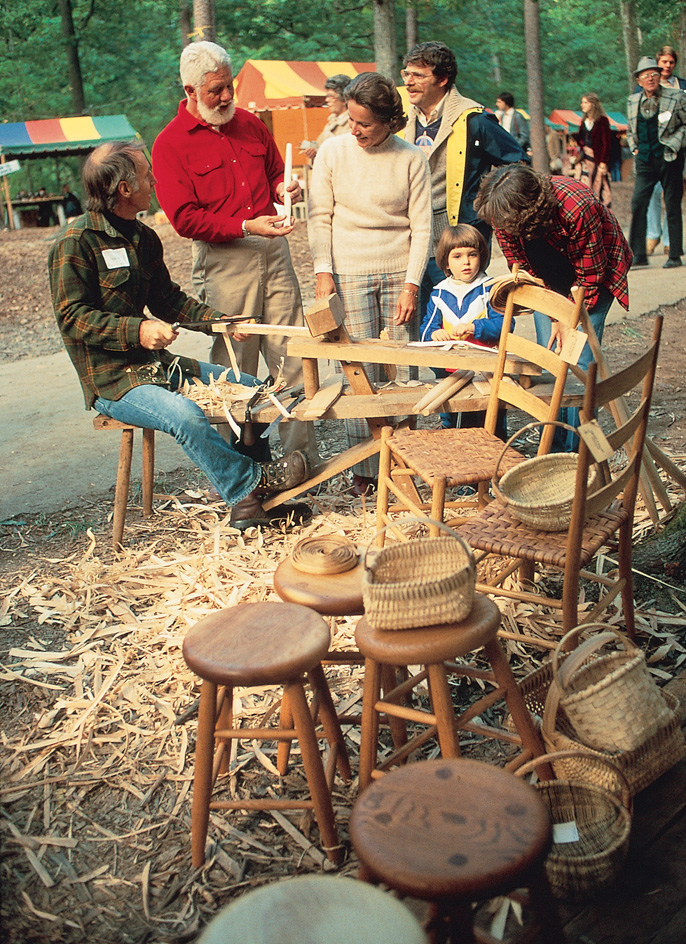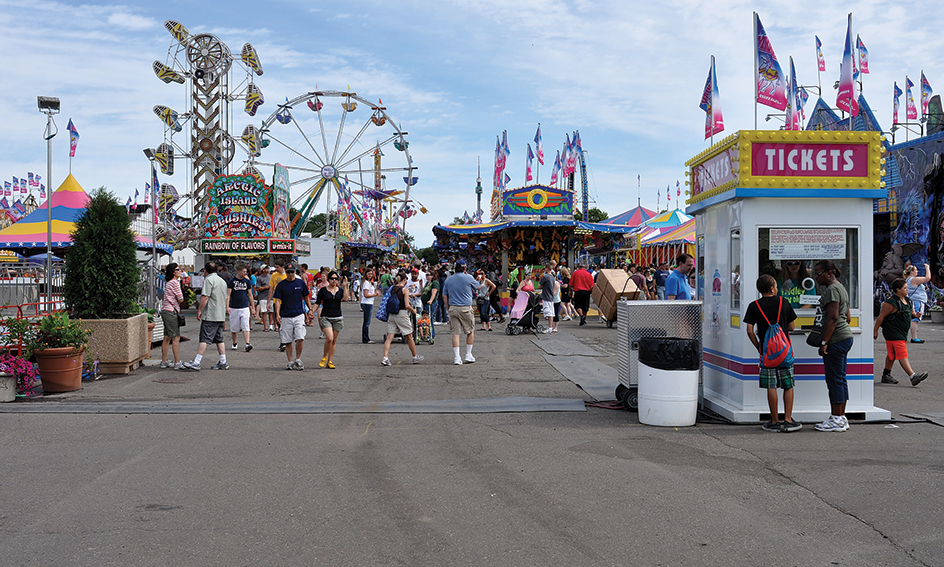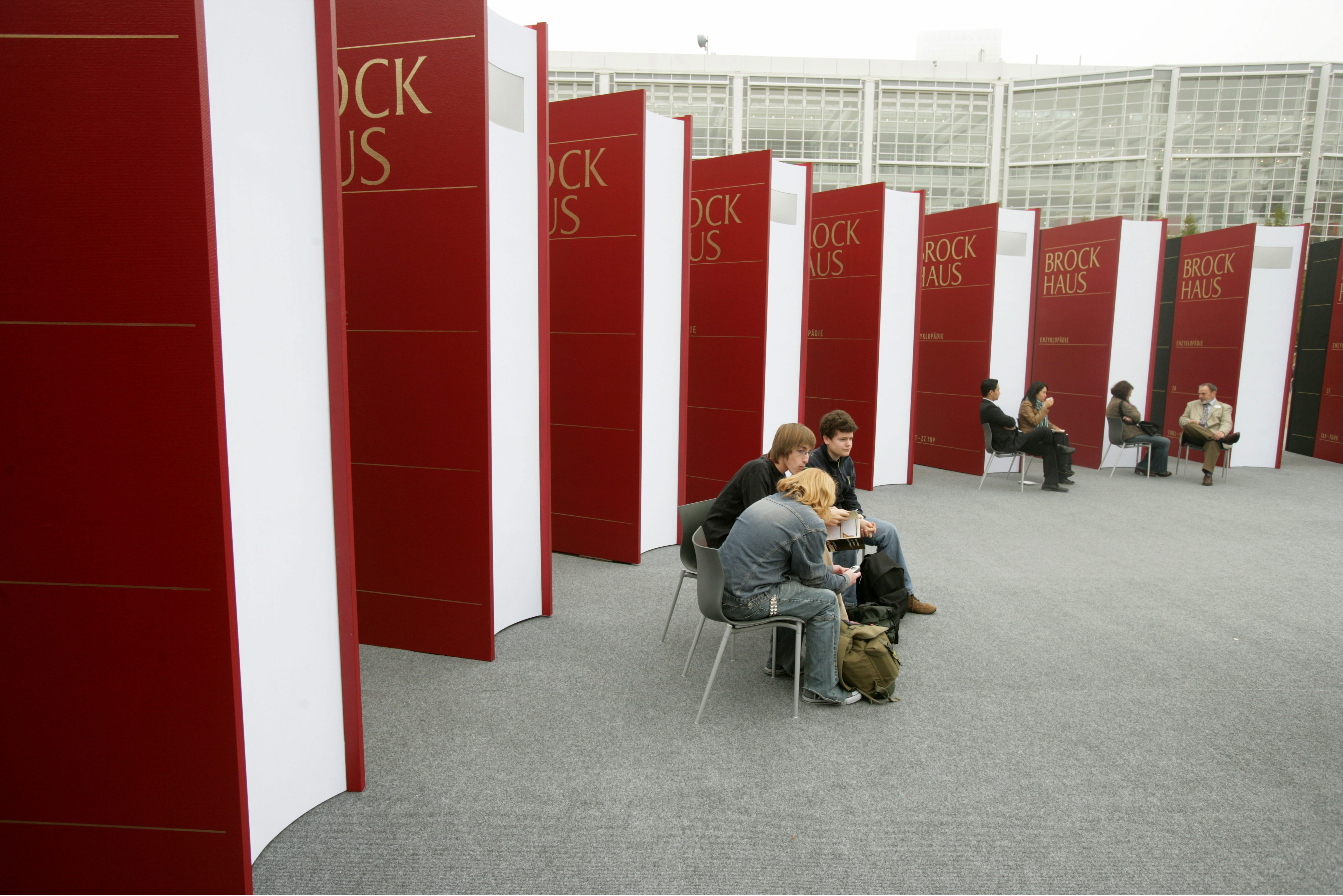Fair is an event held primarily for the presentation and viewing of exhibits. Depending on the theme of the fair, the exhibits may be agricultural, commercial, or artistic. Fairs are a major industry in many countries of the world.
The largest fairs are called world’s fairs, international expositions, or exhibitions. They may last for several months and attract exhibitors and visitors from throughout the world. The smallest fairs last just a few days and involve exhibitors from a local area, such as a county in the United States.

There are three basic types of fairs: (1) agricultural fairs, (2) trade fairs, and (3) world’s fairs. This article discusses agricultural and trade fairs. For information about world’s fairs, see the World’s fair article.
Agricultural fairs
are the most common type of fair in the United States, Australia, and Canada. In the United States, most states hold a large fair, called a state fair, each year. Each Australian state holds a fair called a royal show. Canadian provinces also hold fairs. At these fairs, exhibitors display the best examples of crops and farm animals. Prizes are often given to the top farm products. In addition, companies exhibit the latest models of farm machinery and other industrial products designed to improve crop yields and make farming more profitable. Farm-related organizations may also participate.

Agricultural fairs provide amusements and entertainment for visitors. Many of these fairs have a carnival area, often called a midway, with rides, games of chance, souvenirs, and food. Agricultural fairs also may showcase well-known entertainers who perform before large audiences. Some fairs host such sporting events as rodeos or horse races.
Most agricultural fairs can be divided into three general categories: (1) state or provincial fairs, usually the largest type of fair; (2) regional or district fairs; and (3) county or municipal fairs. The biggest fairs are usually held at a permanent fairgrounds, with exhibition buildings and both indoor and outdoor facilities for entertainment and sports. A state or provincial fair may last 10 days and attract several hundred thousand visitors. A county or municipal fair may last four or five days and have an attendance of a few thousand. Regional fairs generally fall between state and county fairs in size and duration.

Trade fairs
typically center on a specific product or industry, such as electronics or automobiles. Generally, these fairs are intended to promote commercial exposure for the exhibitors. Some fairs restrict admission to those associated with the industry. Others are open to the general public. Most trade fairs are held in large exhibition halls in major cities, and the fair may change location periodically. Entertainment may be offered, but trade fairs do not provide carnival midways or other places for family-oriented fun.

History.
Fairs date back to Biblical times. The Book of Ezekiel, written in the 500’s B.C., makes several references to fairs. During the early centuries of Christianity, the church took an active part in sponsoring fairs as part of the observance of the seasons and religious holidays. By the mid-1500’s, the church stopped promoting such fairs and they lost their religious associations. However, by this time, commercial or trade fairs had become well established along major trade routes in Europe.
In 1641, the government of New Netherland authorized the first annual fair in the American colonies. New Netherland included parts of what are now the states of Connecticut, Delaware, New Jersey, and New York. Within 100 years, agricultural fairs were becoming common throughout the colonies. By the early 1800’s, trade fairs, often called mechanics’ fairs, were being held to display new industrial goods. The first U.S. state fair was held in New York in 1841. In Australia, the first agricultural show was held at Parramatta, near Sydney, in 1823. Canada’s first agricultural exhibition was held in Nova Scotia in 1765.
